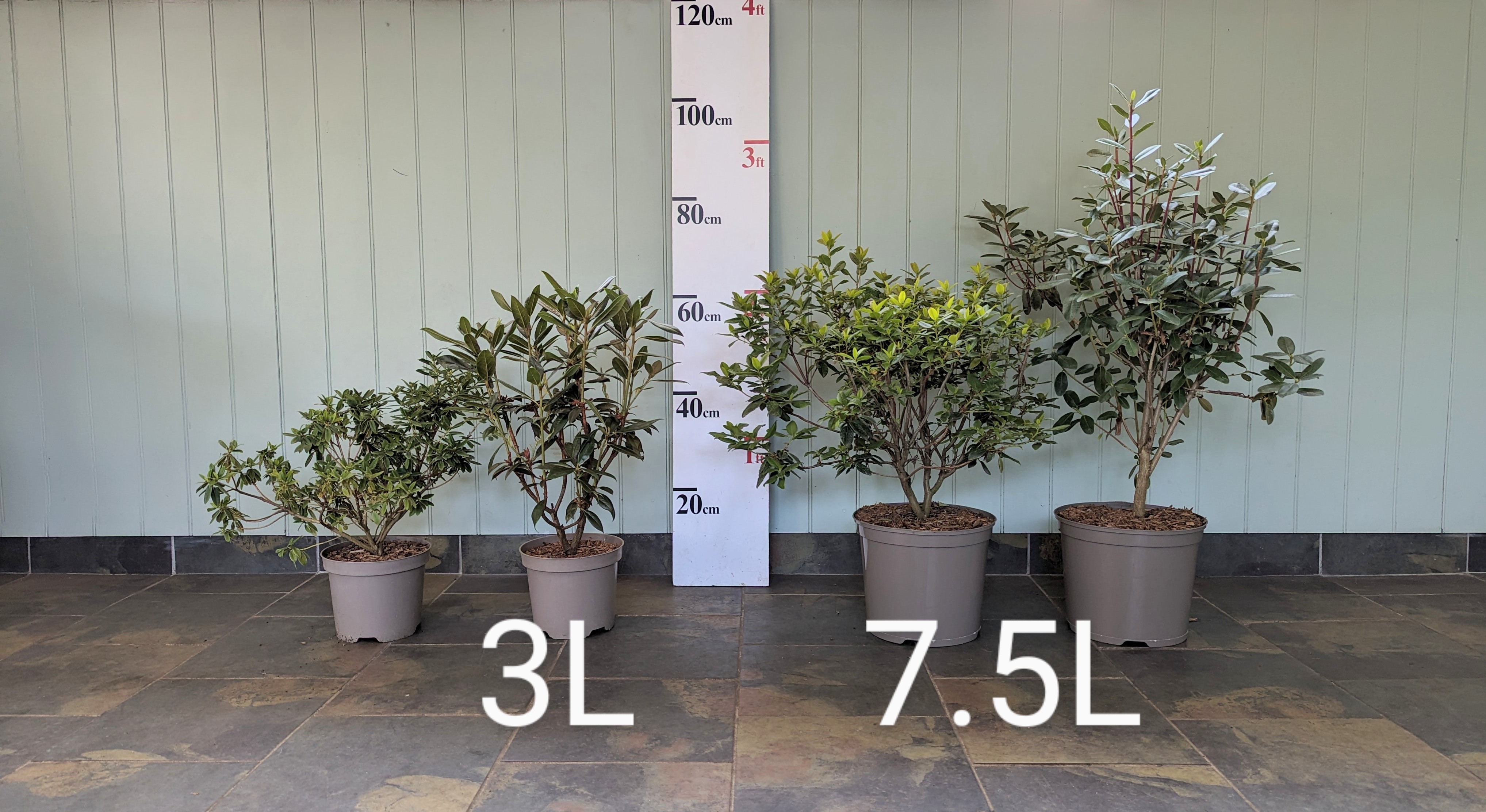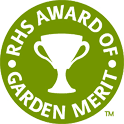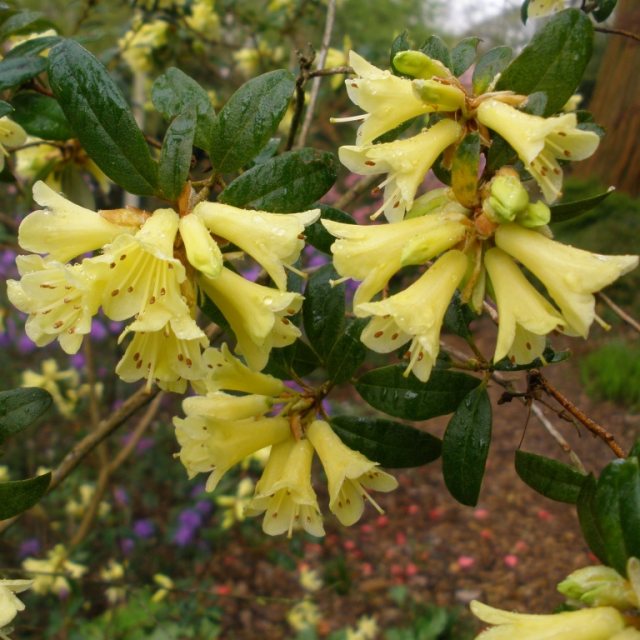Rhododendron Yellow Hammer AGM
Item: HYELLH
 Currently Unavailable
Currently Unavailable
April
Yellow
75-100cm
Not Scented
No
To -15 °C
Collect in Store
This item is available for collection.
Home Delivery
UK mainland delivery from £8.95
Superb small tubular bright yellow flowers in April, (and often again in the early autumn). It has a narrow upright habit which does benefit from pruning to maintain shape. Best in light shade and it does need good drainage. It makes a super cut flower. Height 80-100cm in 10 years.
- Recommended for super bright yellow flowers.
- Easy to grow.
- Ideal position: needs careful site selection.
- Habit: Upright.
- Group: Rhododendron hybrid.
- Parentage: sulfureum (s) X flavidum.
- Hybridization date: pre 1950 (before 1931).
- Bred by: J.C. Williams. Origin: British.
- Ideal soil: pH 4.5 to 6.0
- RHS Hardiness Rating: H5.
- How we usually propagate this plant: Cutting.
- Awards: RHS Award of Garden Merit.
Customer Reviews


Size Guide

The Basics
Ideal soil
Acidic soil, good organic content, pH 4.5-6.0. Inkarho range of rhododendrons will tolerate soils up to pH7.5
Sun or Shade
Light dappled shade is best for most varieties.
Shelter
Refer to hardiness rating. Give young plants protection.
Site Selection
Avoid close to trees, roots, invasive weeds, walls, hot patios, dry banks and waterlogged soils. Do not use weed matting or stone mulch.
Plant spacing
Use the height shown in 10 years as a guide to the distance between each plant. Allow room for plant to fill out. If planting closer for instant impact, be prepared to move plants after a few years.
Compost
- 3 litre pot, dig in 10-20 litres of ericaceous compost.
- 7.5 litre pot, dig in 20-30 litres of ericaceous compost.
- 70-80cm specimen, dig in 60 litres of ericaceous compost.
- 100-120cm specimen, dig in 120 litres of ericaceous compost.
Planting depth
Plant high in the ground, with the top of the rootball visible.
Feeding
Slow-release ericaceous feed recommended in March and straight after flowering.
Mulch
Recommended every few years.
Water
The key ingredient! Keep moist all season, especially the critical time at end of June for flower bud initiation. Tap water is better than no water. Heavy dose at least once per week in dry weather.
Drainage
Ensure good drainage in winter, especially with yellow flowering varieties. Avoid waterlogged sites.
Pruning
Rhododendrons and Camellias: Not normally required. Tidy wayward shoots after flowering.
Evergreen azaleas and Bloombux can be clipped into a low hedge.
Magnolias and Acers: Formative pruning when young to shape into a tree or bush.
Deadheading
Remove old flower-heads, particularly on young or weak plants.
For further advice see here
Delivery & Returns
Our website calculates the delivery charge according to weight and delivery location throughout the UK. To see these charges, please enter your postcode at the checkout, and you will see the charge vary as you add more items to your wheelbarrow.
 Millais Nurseries
Millais Nurseries





